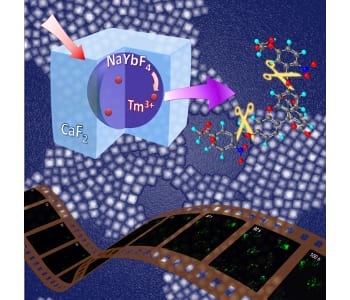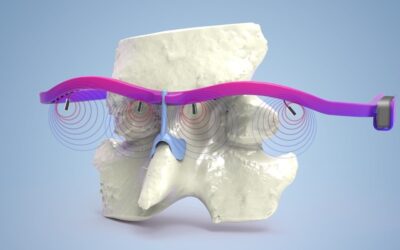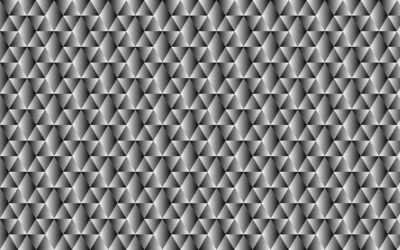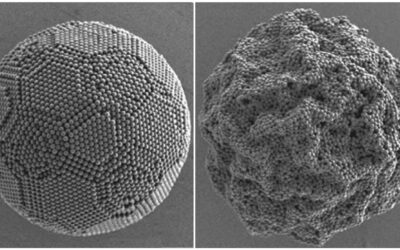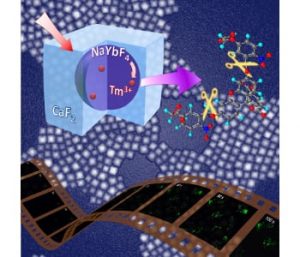 G. Han and co-workers have reported real-time high-definition recording of tuned upconversion nanoparticles (UCNPs) mediating rapid photoactivation down to just a few cells. These UNCPs were developed by the Han group, which showed for the first time that it is possible to tune and increase the ultraviolet (UV) output in core/shell nanoparticles with Yb3+ doping. By enhancing the near-infrared to ultraviolet (NIR-UV) upconverting emission efficiency, they were able to use the upconversion nanoparticles (UCNPs) as dual imaging/photoactivation probes.
G. Han and co-workers have reported real-time high-definition recording of tuned upconversion nanoparticles (UCNPs) mediating rapid photoactivation down to just a few cells. These UNCPs were developed by the Han group, which showed for the first time that it is possible to tune and increase the ultraviolet (UV) output in core/shell nanoparticles with Yb3+ doping. By enhancing the near-infrared to ultraviolet (NIR-UV) upconverting emission efficiency, they were able to use the upconversion nanoparticles (UCNPs) as dual imaging/photoactivation probes.
Upconversion nanoparticles are a new class of materials with a wide range of applications, such as biosensing, chemical sensing, in vivo imaging, drug delivery, photodynamic therapy, and photoactivation. UCNPs can convert tissue-penetrable near-infrared (NIR) light into UV emission, which makes them promising as transducers for photoactivation in biology. However, there is a limited choice of UV-emitting UCNPs, and their NIR-to-UV efficiency so far has been low. Furthermore, these UCNPs require high laser power density, which has heat side effects.
The Han group has developed a family of CaF2-coated UCNPs that overcomes these limitations, in particular improving the UCNP resistance to quenching problems in aqueous media. The paper describes how the researchers systematically increased the Yb3+ ratio in core/shell UCNPs of NaYbF4 :Tm/CaF2, and showed that upconversion emission output increased monotonically with the increase of Yb3+ ions. Surprisingly, they found that the α-phase allotrope of the UCNP had stronger UV emission than the large β-allotrope.
These research results are a potential game-changer in photoactivation in living systems and an exciting new tool for other chemical biology applications.

